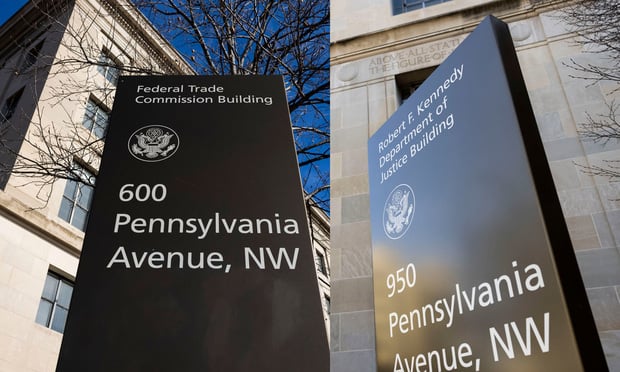No matter how the health care reform debate is resolved inWashington, costs continue to escalate and any employees areclamoring for voluntary benefit supplement plans to help pay forout-of-pocket expenses.
|Related: 6 non-traditional voluntary trends for2017
|According to Colonial Life’s white paper, “Big Picture Benefits: Looking past health care reform to astronger benefits program,” the average deductible foremployer-sponsored health plans surged 13 percent in 2016, butworkers’ wages on average rose only 2 percent. Nearly half (47percent) of Americans say they couldn’t cover a $400 emergencyexpense unless they sold something or borrowed the money, and closeto one-third went without some medical care in the past yearbecause they couldn’t afford it.
|“A comprehensive, competitive employee benefits plan includesfar more than major medical insurance,” the authors write.“Employers who want to attract and retain the best talent need tofocus on the bigger picture of their benefits plans. In fact, thereare many other options to consider that will help manage the bottomline and offer a benefits program that gives their business acompetitive edge.”
|However, there is a wide discrepancy in what employees list as“must-have” benefits compared with what employers offer, especiallyfor accident, critical illness and hospital confinement insurance,the authors write.
|Related: The top financial concern for workers: Emergencyexpenses
|They cite a 2016 MetLife study which says while 44 percent ofemployees want an accident plan, only 25 percent of employers offerthe product. Twenty-eight percent of employees want a criticalillness plan, but only 18 percent of employers offer such a plan,and 24 percent of employees want a hospital confinement plan, whileonly 14 percent of employers offer the product.
|Employers could also stand to improve their benefitscommunications, the authors say. While nearly all employers withfewer than 500 employees (94 percent) agree one-to-one enrollmentsare effective, only 43 percent offer them. Yet surveys of employeeswho have participated in individual benefits counseling show 95percent say it was valuable and 98 percent say they understandtheir benefits better.
|One-to-one enrollments are particularly helpful to employeeswhen considering less-understood voluntary benefits such asaccident and critical illness insurance, and many carriers providehelp with communications at no additional cost, the authors write.Some will even customize printed materials and websites for eachcustomer.
|Related: 7 voluntary benefits to maintain employeeproductivity
|“Employers who broaden their vision beyond major medicalcoverage to include voluntary benefits and benefits communicationwill be ideally positioned to both manage the bottom line and givetheir business a competitive edge,” the authors write.“Increasingly, employers are finding voluntary benefits offersolutions to control costs, help employees protect their financialwell-being, and provide expanded options for a diverseworkforce.”
Complete your profile to continue reading and get FREE access to BenefitsPRO, part of your ALM digital membership.
Your access to unlimited BenefitsPRO content isn’t changing.
Once you are an ALM digital member, you’ll receive:
- Critical BenefitsPRO information including cutting edge post-reform success strategies, access to educational webcasts and videos, resources from industry leaders, and informative Newsletters.
- Exclusive discounts on ALM, BenefitsPRO magazine and BenefitsPRO.com events
- Access to other award-winning ALM websites including ThinkAdvisor.com and Law.com
Already have an account? Sign In
© 2024 ALM Global, LLC, All Rights Reserved. Request academic re-use from www.copyright.com. All other uses, submit a request to [email protected]. For more information visit Asset & Logo Licensing.








